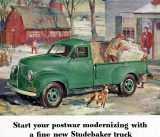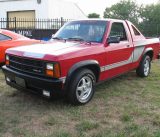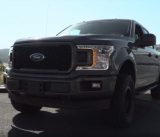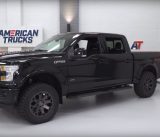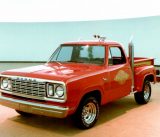The words “cute” and “Jeep” do not belong together, yet here they are. The puke is even in the name, Jeepster. The cringe-worthy title sounds like something only a mother could conjure up, as if she were poking fun at her adult son for his love of 4x4s. But the better half of the Jeepster Commando’s name lived up to its own implication. The original Jeepster was produced by Willys-Overland in 1948 and 1950, which led the rebirth of the name in 1966.
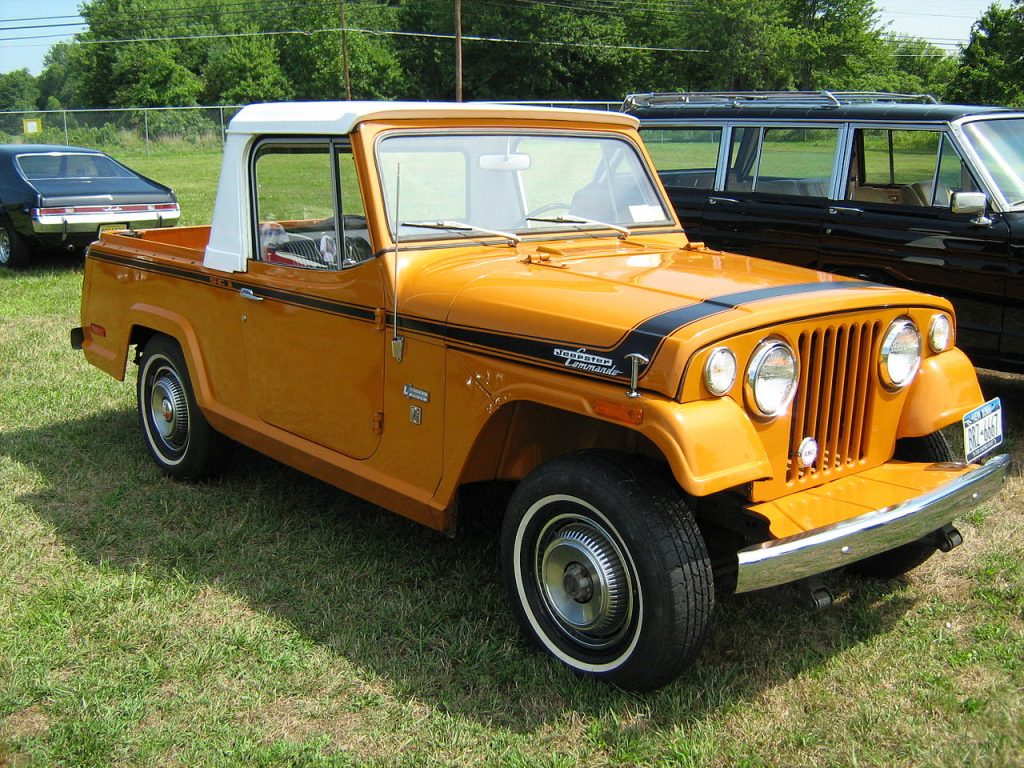
The Jeepster Commando pickup provided sporty functionality in a very compact style (courtesy of Wikimedia)
Four Jeeps(ters) in One
The Commando’s four variants – pickup, convertible, roadster, and wagon – were specifically designed in 1966 to compete with the International Scout, the Land Cruiser and the Bronco, all legends in their own rite.
Small, Quirky, and Cool
The Commando does seem to embody the alternative definitions of its own name: A more compact, “low n’ fast” version of the regular ole Willys, made into a strictly utilitarian machine. The idea worked, with the Commando’s ultra-short 101” wheelbase (dubbed the C101) gaining favor among Jeep fans, boasting modest sales year over year until the C104 ruined the game.
The latter caused the downfall of the Commando, but the former was a boon for AMC and Kaiser Jeep. The Commando was outfitted with Jeep’s legendary Hurricane straight-4 motor, a direct descendant of the original, tough-to-kill Go Devil engine that saved GIs in WWII.
Plenty of Compact Power
Four wheel-drive was finally optioned with 75 horses and 114 torques at the peddle. Although the Go Devil spawn motor was reliable, most favored the available Dauntless V6, which bumped the numbers up to 160 horses and a robust 235 torques.
On paper, this all sounds very mundane – we have to actually look at the Jeepster to appreciate its flare for the unconventional, perhaps wanton design elements that made this thing stick out like a sore thumb. At first glance, the front of the Commando seems pretty benign: The typical vertical slat grille and protruding fender flares rest over top an exposed front bumper. A clamshell hood is present with typical Jeep hood latches.
Bare-Bones and All Fun
But all the regularities end there. Inside, a completely stripped down interior lets you know this vehicle is for driving with the open air around you, and nothing more. A single dial appoints the gauge panel, and a miniscule head unit features two knobs, one for the station, and one for the volume. Window cranks are found on either door, and a locking glove box is tucked under the dash. That’s it. No chrome, no fancy trim features, no embellishments.
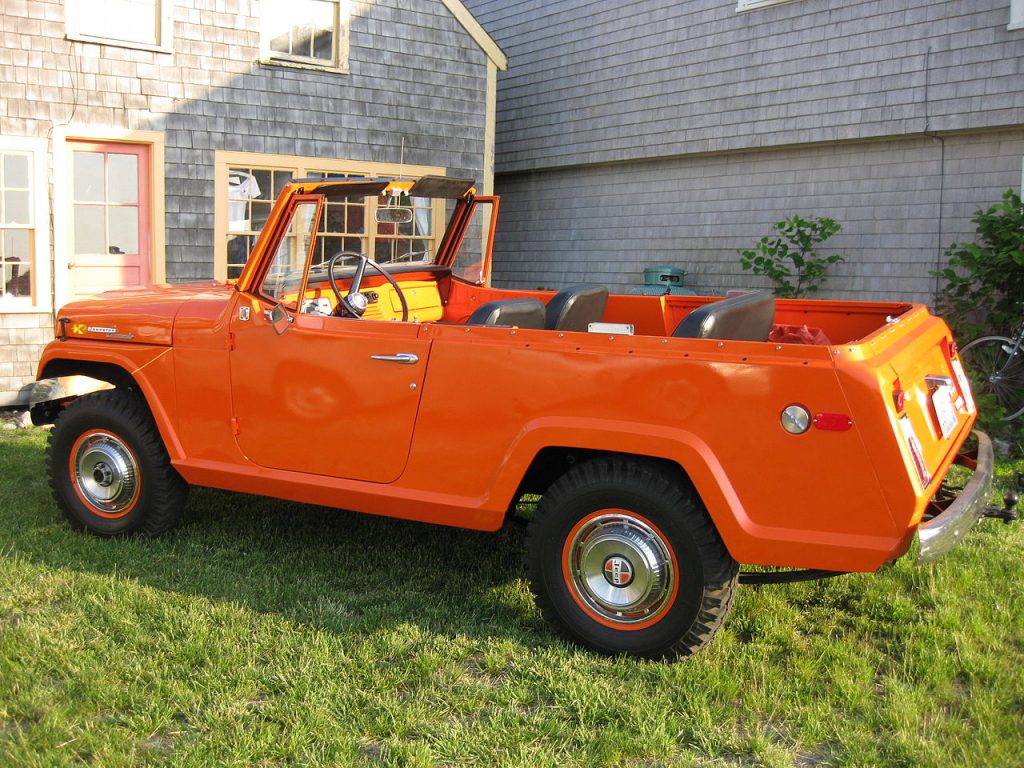
The Commando’s profile might look familiar if you’ve ever seen the Volkswagen Thing
For those who needed some luxury, the deluxe station wagon provided full interior trim, chrome accents, a sliding rear window, and a two-tone exterior. The Hurst Jeepster was the performance option of the day, featuring rally stripes, a Dual Gate shifter, roof rack, sport steering wheel, an oversized Continental tire kit, and a hood-mounted tachometer.
Outside, the Commando is squatted and portly. Factory wheels barely clear the fender wells while the lengthened rear cargo area droops down past the rear tire with a slant face covering the back, similar to a Volkswagen Thing.

The C104 ruined the Jeepster’s popularity; Pictured is the grille that killed the Commando (courtesy of Wikimedia)
Short Lived Success (Thanks, AMC)
Unfortunately, AMC killed the Commando in 1972, replacing favored design elements and a popular configuration with strange and unpopular choices. The classic Jeep grille was killed off and a conventional full-width grille took its place, while the Hurricane and Dauntless motors were replaced with AMC inline-6s and a 304 c.u. V8. The wheelbase was lengthened to 104”, making the Commando appear boat-like and not so sporty. Poor sales finished the Commando off in 1973, with the Cherokee and the CJ-8 truck filling the void.

